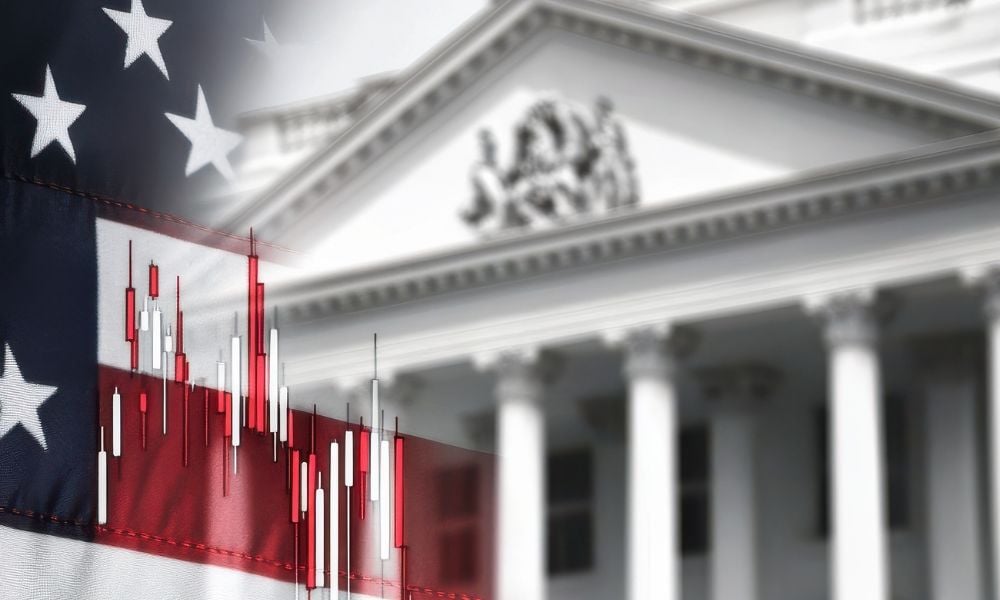Can the Fed hold out? Traders eye sooner-than-expected interest rate cut

Investor confidence in the Federal Reserve’s “higher-for-longer” interest rate stance is waning, as signs of labor market weakness and rising political tensions fuel expectations for a rate cut as early as September.
While the Fed is still widely expected to hold its benchmark rate steady at the July 29–30 FOMC meeting, the conviction behind that view is softening. According to CME FedWatch data, the probability of a July hold has slipped to 79%, while the odds of a September rate cut have surged to roughly 90%. The shift marks one of the sharpest dovish turns in market sentiment this year.
The clearest signal comes from Treasury markets, where the yield on the 2-year note, often viewed as the most sensitive to Fed policy, has fallen to 3.71%, its lowest level in nearly two months. The widening gap between this yield and the Fed’s median policy rate suggests bond investors expect the central bank will have to pivot sooner than policymakers have projected.
As for long-term mortgage rates, the average 30-year fixed-rate loan dropped nine basis points to 6.79% last week, according to data from the Mortgage Bankers Association (MBA).
Mounting evidence of labor market softening is a key force behind the repricing. While initial jobless claims have edged lower after a recent spike, continuing claims have climbed to a 3.5-year high, pointing to difficulties for displaced workers in securing new jobs.
“The data are consistent with softening labor market conditions, particularly on the hiring side of the labor market equation,” said Nancy Vanden Houten, lead US economist at Oxford Economics. “For now, we don’t think the labor market is weak enough to prompt the Fed to cut rates before December, but the risk is increasing that once the Fed starts to lower rates, it will have some catching up to do.”
Market jitters are also being stirred by political developments. Reports indicate that resident Donald Trump may seek to name a successor to Fed chair Jerome Powell ahead of the end of Powell’s term in May 2026. That move, if confirmed, could amplify perceptions of political influence over monetary policy, particularly in the lead-up to the November election.
Read more: Chances of July rate cut increase after weak jobs report
These dynamics are beginning to shape trading strategies. Many desks have started repositioning around shorter-duration bonds and curve steepeners, anticipating volatility if policy signals shift or political interference grows.
The bond market’s volatility index remains at its lowest level since February, but analysts warn that this calm may not last. A sudden downturn in economic data or heightened political tensions could trigger renewed swings.
Stay updated with the freshest mortgage news. Get exclusive interviews, breaking news, and industry events in your inbox, and always be the first to know by subscribing to our FREE daily newsletter.



